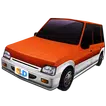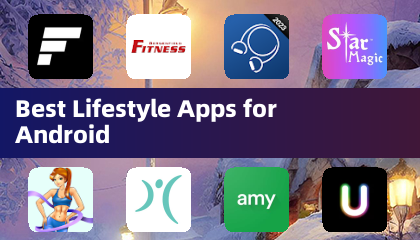"Connect Asus ROG Ally to TV or Monitor: Easy Guide"
The ROG Ally made waves in 2023 as an impressive alternative to the Steam Deck, primarily due to its Windows operating system, which grants access to a broader array of games. The subsequent launch of the ROG Ally X last year further enhanced its appeal, boasting improved internals and a more ergonomic design with enhanced cooling. While the device's primary allure lies in its portability, the flexibility to connect it to a larger screen for a more immersive gaming experience is a significant advantage. Both versions of the ROG Ally support connection to external displays, enabling you to enjoy your games on a TV or gaming monitor. Dive into our comprehensive guide below to learn how to connect your ROG Ally to a TV or monitor, complete with step-by-step instructions and recommendations.
How to Connect With an Adapter
Connecting your ROG Ally to a TV or monitor can be achieved through various methods, with an adapter being a compact and straightforward solution. Options range from a small dongle-style adapter and direct cables to the official ROG Gaming Charger Dock. Here's what you'll need:
What You'll Need
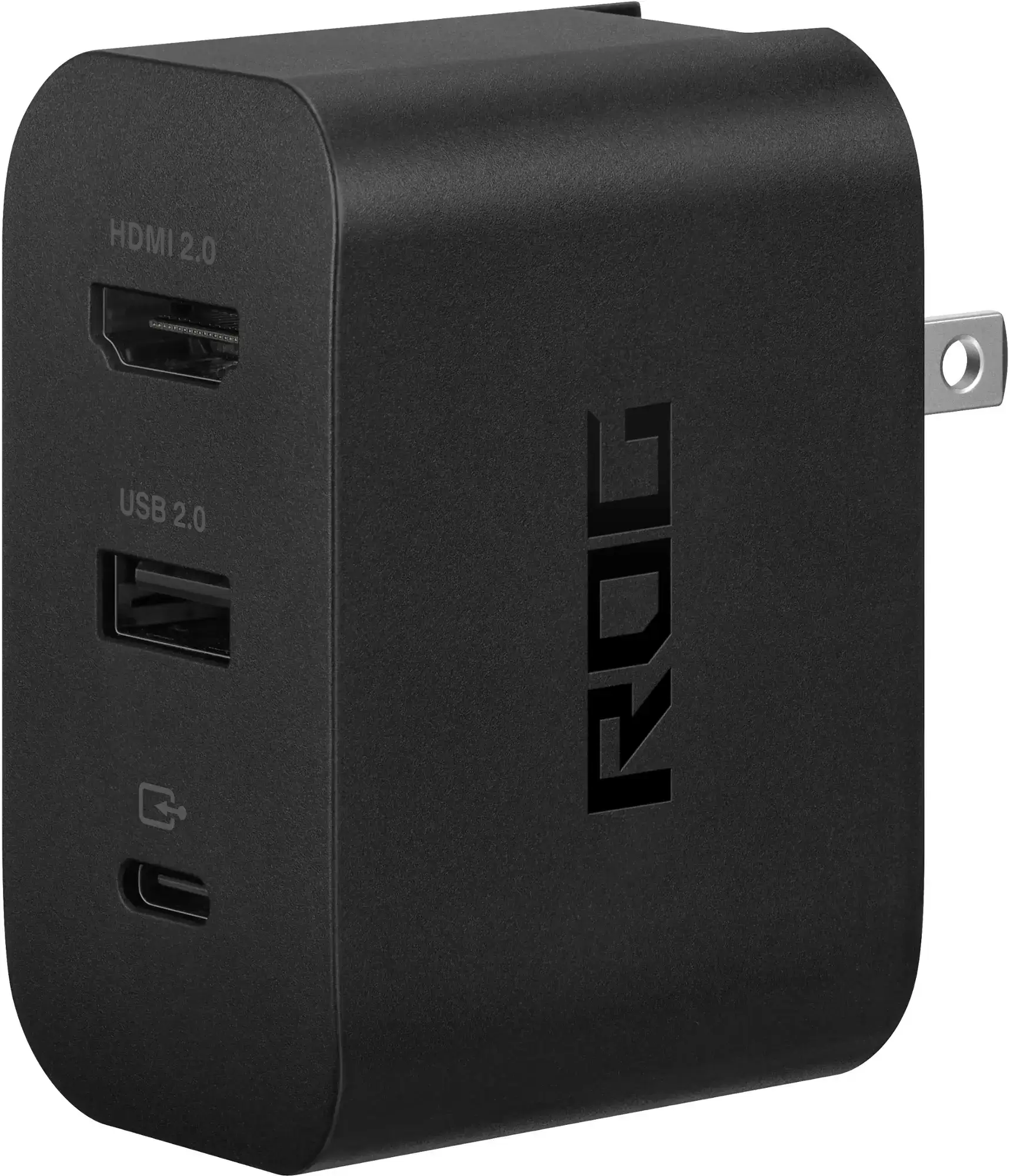
ASUS ROG 65W Charger Dock
0Supports HDMI 2.0 with USB Type-A and USB Type-C for ROG Ally.See it at Best BuyASUS has streamlined the process of connecting the ROG Ally to a TV. The most efficient adapter option is the official ROG Gaming Charger Dock, which also serves as a charger. You'll simply need a USB-C and HDMI cable to get started. Additionally, the dock features a USB-A port, perfect for connecting peripherals like a mouse or keyboard.
For a third-party solution, consider a USB-C to HDMI adapter, which you can plug directly into the ROG Ally's USB-C port. Connect an HDMI cable from the adapter to your TV or monitor. Alternatively, a USB-C to HDMI cable offers a one-cable solution directly from your ROG Ally to the display.
Some USB-C to HDMI adapters include a passthrough USB-C port, allowing you to charge your ROG Ally while playing. If your adapter has this feature, you'll need an additional USB-C cable and your power adapter.
How to Connect: Step-by-Step Instructions
- Plug a USB-C to HDMI adapter (or cable) into the ROG Ally's USB-C port on the top of the device. If using the ROG Gaming Charger Dock, connect one end of a USB-C cable to the ROG Ally and the other to the dock's USB-C charging port.
- Connect an HDMI cable from the adapter (or dock) to an available HDMI port on your TV or monitor. For a direct USB-C to HDMI cable, simply plug the HDMI end into your display.
- (Optional) If your adapter has a passthrough USB-C port, connect your ROG Ally's power adapter to charge during gameplay.
- Power on the ROG Ally; it should automatically detect and output the video signal.
- Switch your TV or monitor to the correct HDMI input to view the ROG Ally's display.
How to Connect With a Docking Station
For a setup reminiscent of the Nintendo Switch, consider using a docking station. Although the ROG Ally lacks an official docking station beyond the ROG Gaming Charger Dock, numerous third-party options exist. These docks not only connect your ROG Ally to a TV or monitor but also charge it simultaneously.
What You'll Need
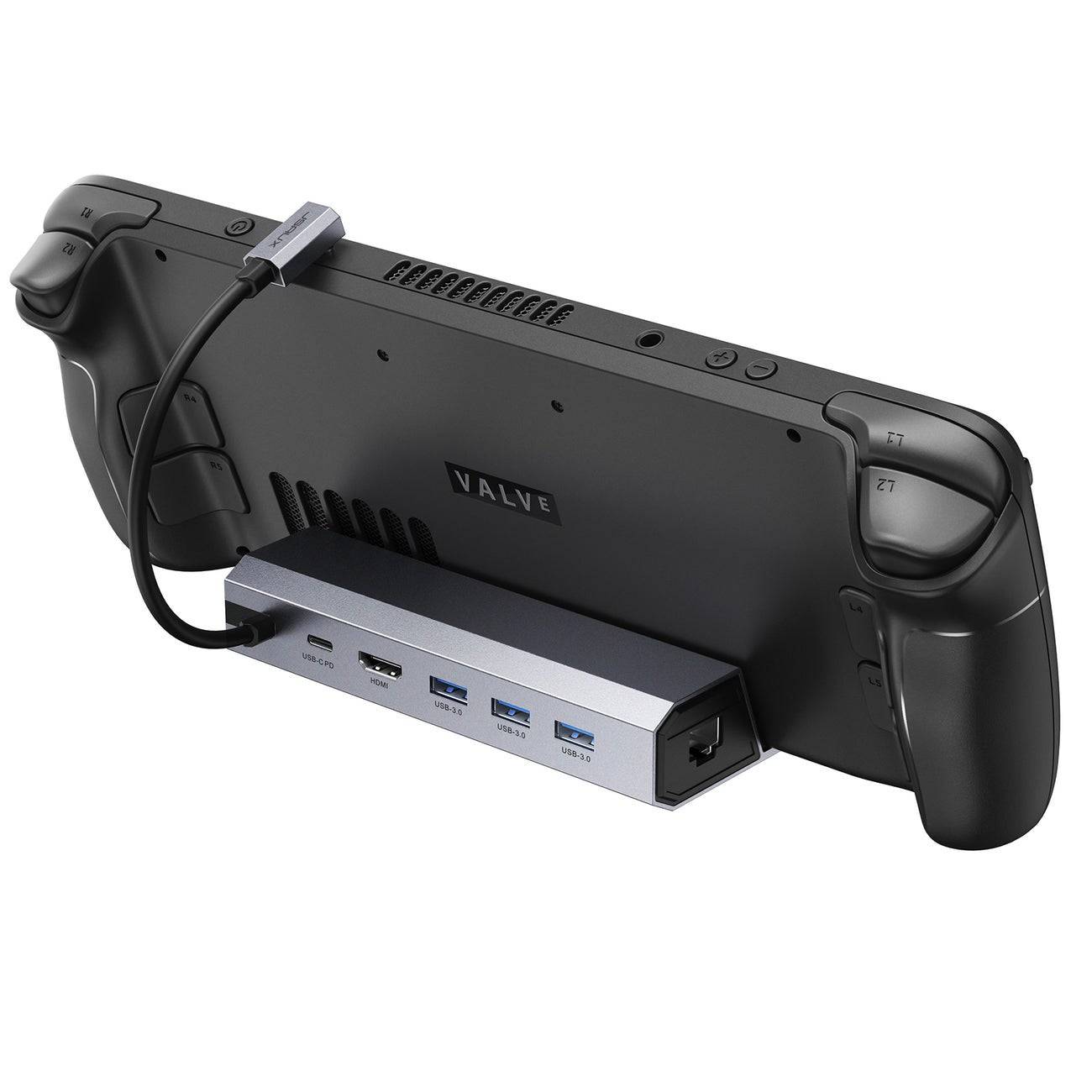
JSAUX Docking Station HB0603
2100 watts of power for fast charging and multiple ports are featured in this lightweight, compact dock that doubles as a stand.See it at AmazonBasic docks for the ROG Ally usually come with an HDMI port and a USB-C passthrough for charging. For a more robust setup, consider docks with additional USB ports for peripherals, external hard drives, Ethernet for stable internet, SD card slots for memory expansion, and even a Display Port for additional screens. Compact, portable docks are ideal for travel and connecting to larger displays on the go. Many docks compatible with the Steam Deck also work seamlessly with the ROG Ally.
How to Connect: Step-by-Step Instructions
- Place your ROG Ally into the dock.
- Connect the USB-C power cord to the ROG Ally's USB-C port.
- Attach your ROG Ally's power adapter to the dock's USB-C charging port.
- Connect an HDMI cable from the dock to an available HDMI port on your TV or monitor.
- Power on the ROG Ally; it should automatically detect and output the video signal.
- Switch your TV or monitor to the correct HDMI input to view the ROG Ally's display.
You'll Also Need a Controller
While you can use a mouse and keyboard with your ROG Ally's docking solution, a wireless controller offers a more comfortable gaming experience on larger displays. The ROG Ally supports any Bluetooth-enabled gaming controller. Below are our top picks for controllers, suitable for both the Steam Deck and ROG Ally:
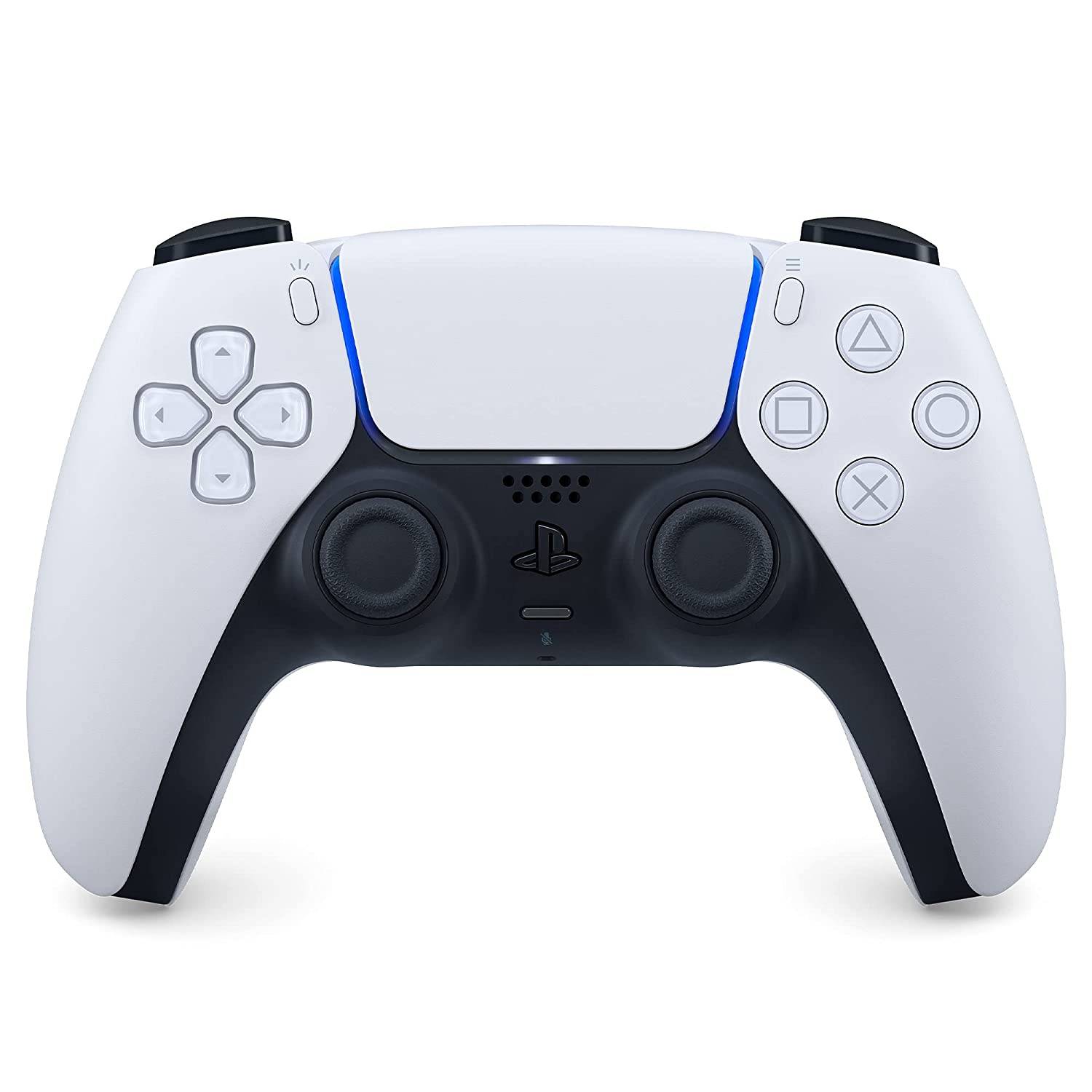
Sony DualSense
1See it at AmazonSee it at Best BuySee it at Target
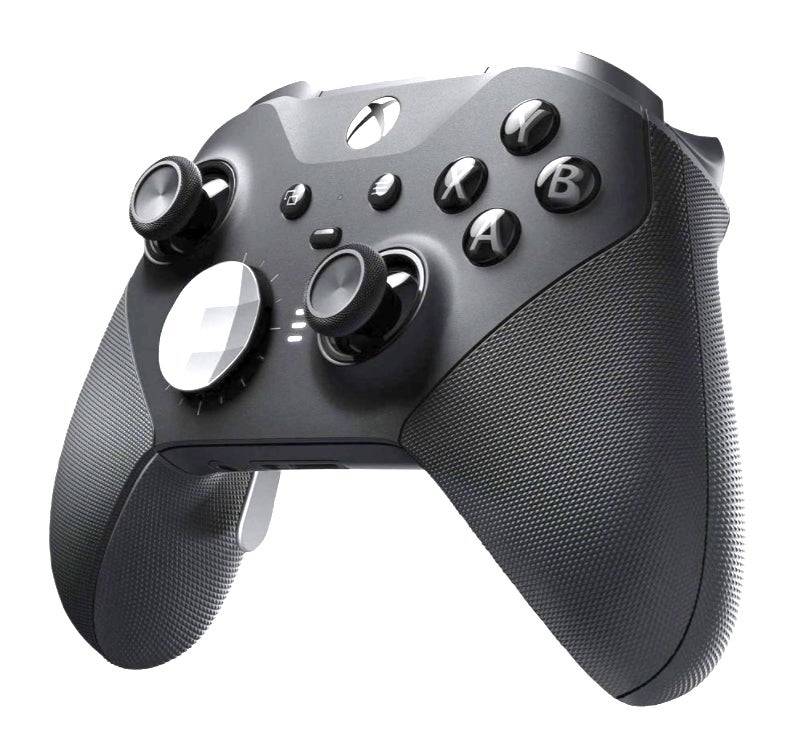
Xbox Elite Series 2 Controller
4See it at AmazonSee it at Best Buy
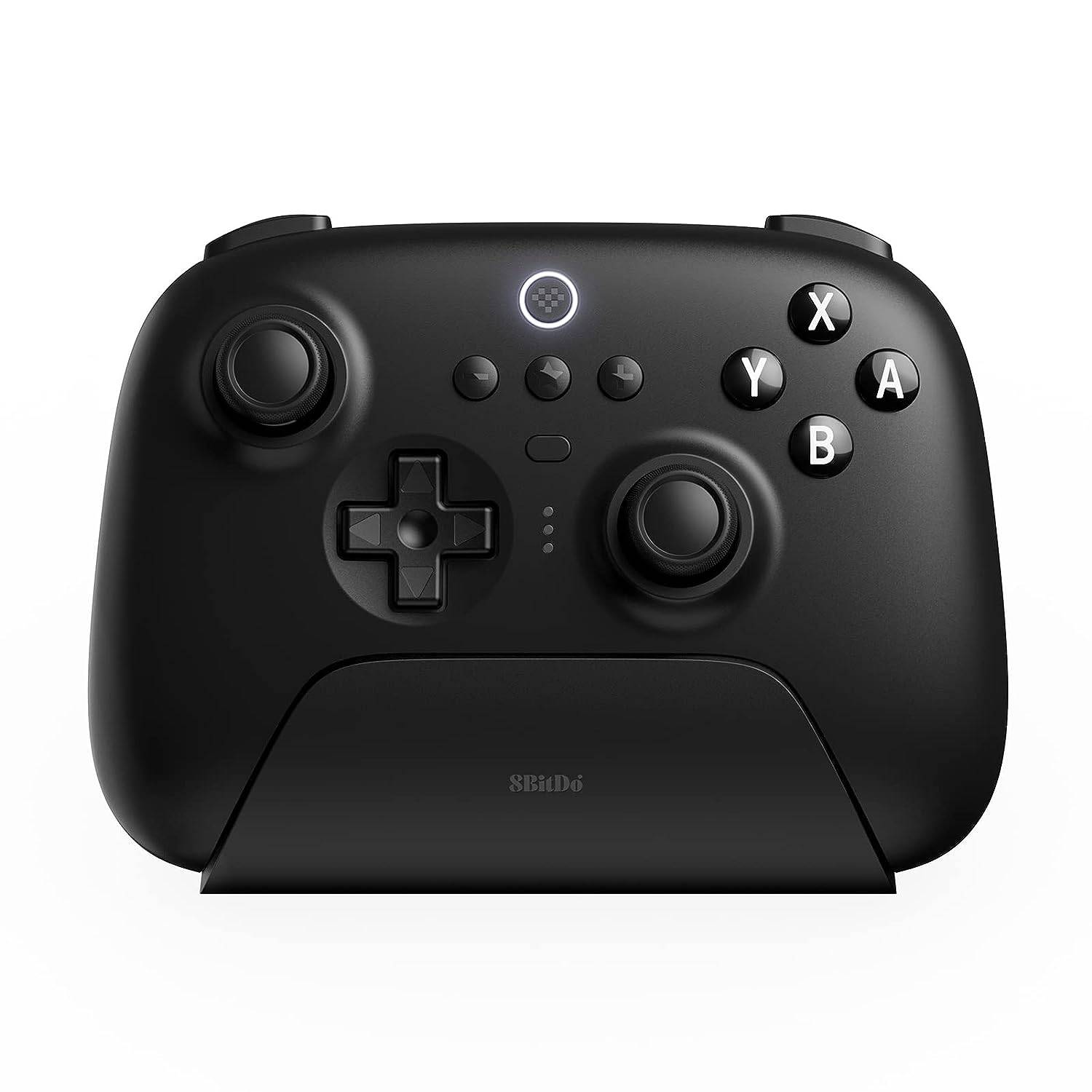
8BitDo Ultimate Controller
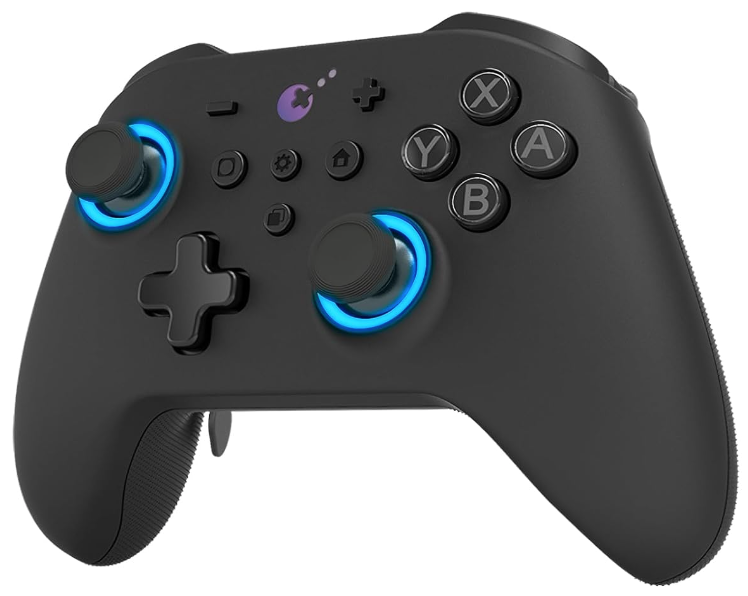
GuliKit KingKong 3 Max Controller
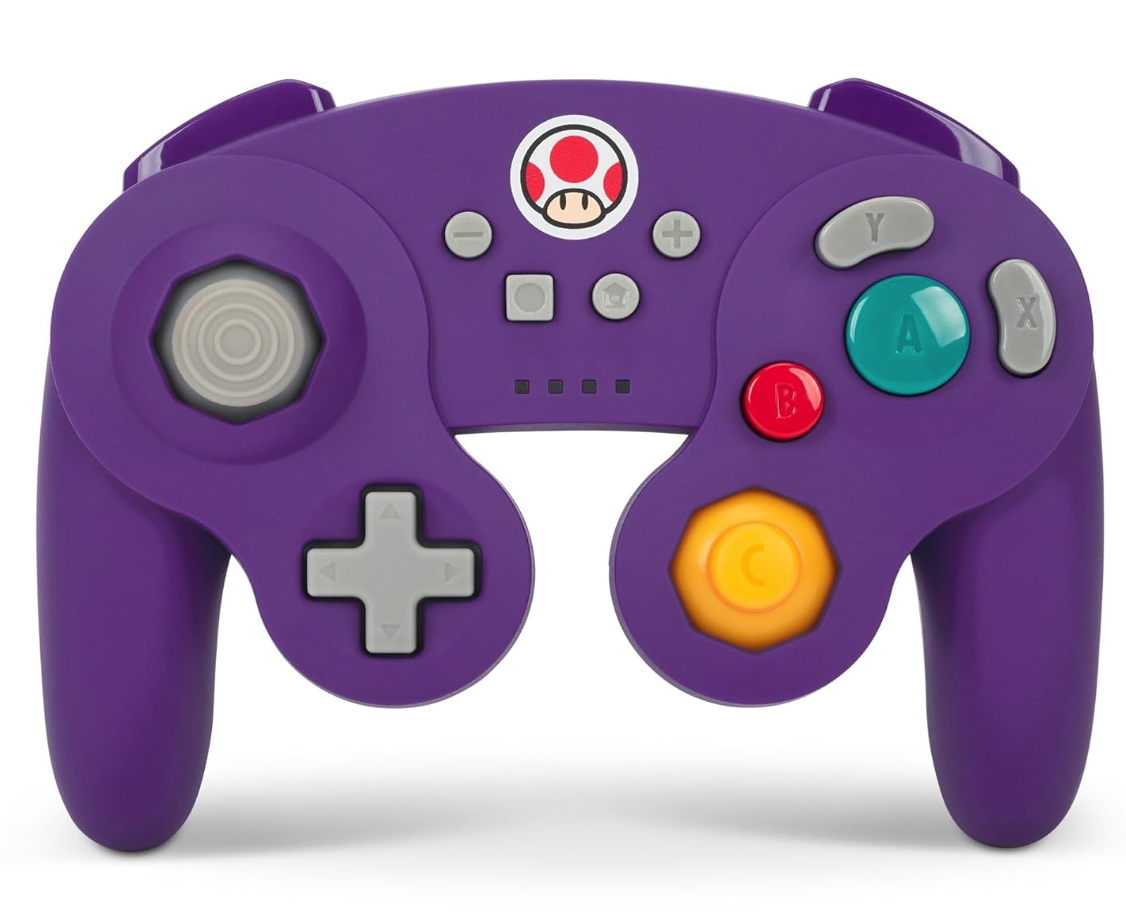
PowerA Wireless GameCube Style Controller
2See it at AmazonThis includes first-party options like the PS5's DualSense, the Xbox Wireless Controller, or the Nintendo Switch Pro Controller, along with various third-party controllers. Some controllers utilize a 2.4GHz wireless connection via a USB adapter, offering lower latency and better range compared to standard Bluetooth controllers. For a simpler setup, you can also opt for a wired USB controller if you're close enough to your ROG Ally or docking station.

![[777Real]NiGHTS~Dream Wheel~](https://imgs.21qcq.com/uploads/08/17302611106721b076bbcdc.jpg)




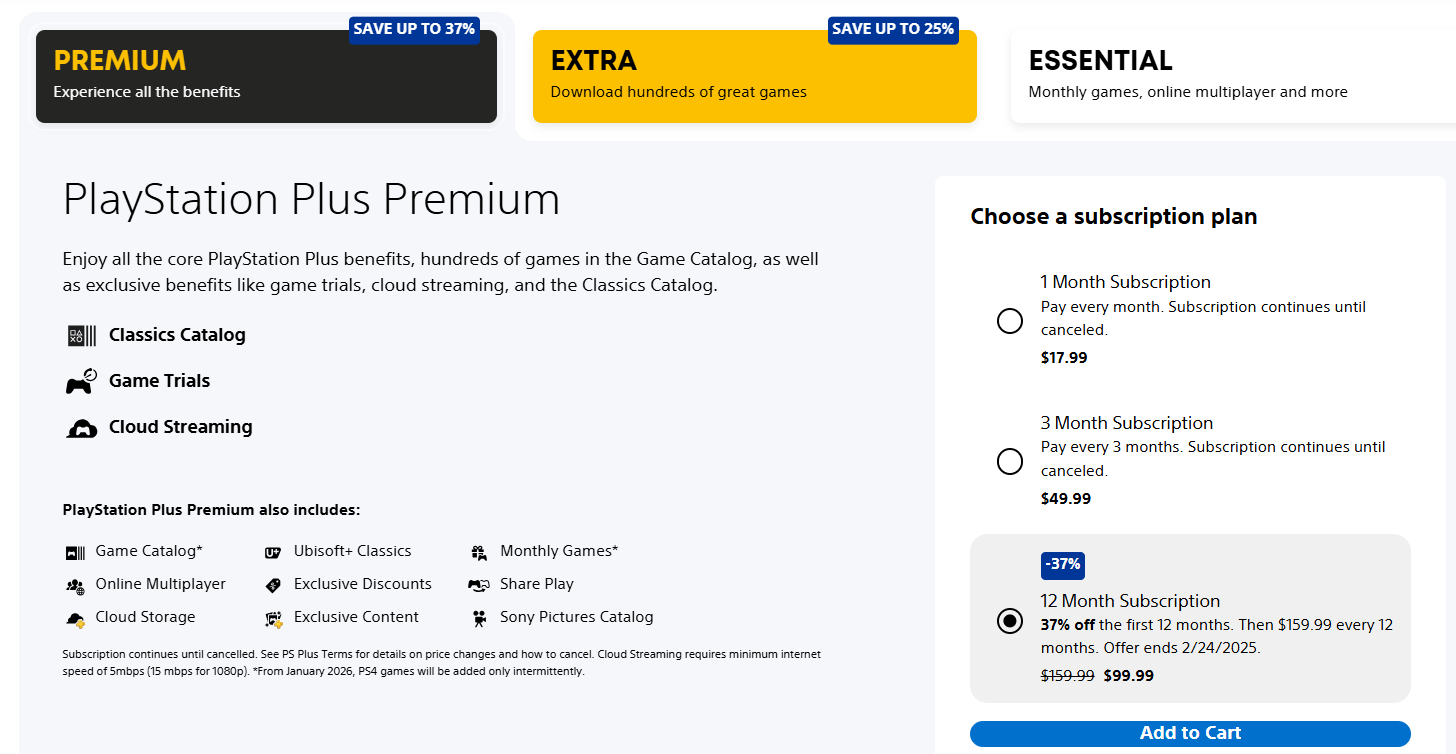
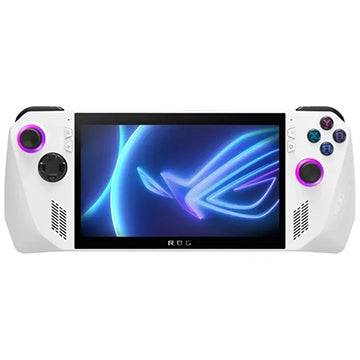







![Salvation in Nightmare [v0.4.4]](https://imgs.21qcq.com/uploads/36/1719555347667e551321c26.jpg)




